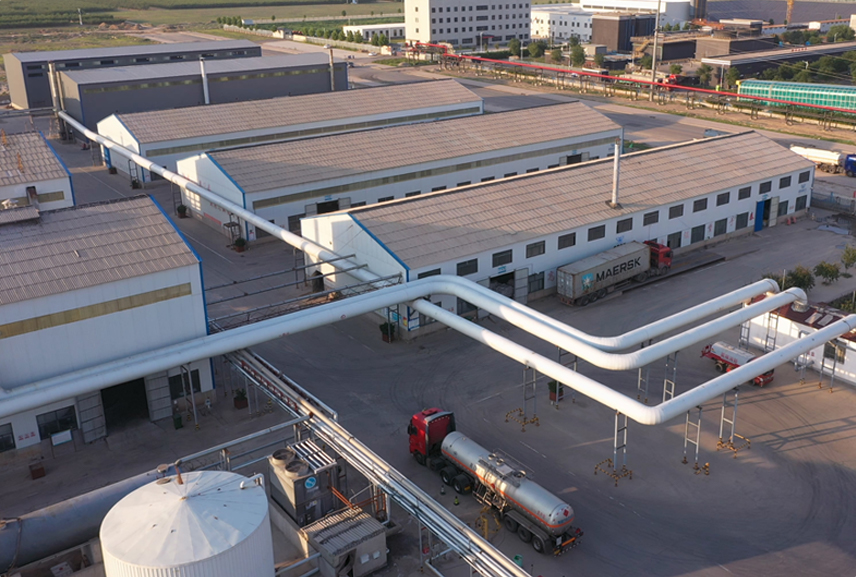Hydroxypropyl methylcellulose (HPMC) has emerged as a game-changing additive in the evolving world of body wash manufacturing. Known for its multifunctional properties, this versatile compound has transformed body wash formulations, improving their performance and eco-friendliness.
Product Details
Hydroxypropyl methylcellulose (HPMC) is a modified cellulose ether extracted from natural cellulose sources such as wood pulp and cotton fibers. Through chemical modification, HPMC acquires a unique set of properties that make it highly soluble, versatile, and suitable for a wide range of applications.
The ability of HPMC to thicken solutions and stabilize suspensions is the cornerstone of its role in body washes. This property ensures that body washes retain their consistency and remain effective, even during extended storage periods.
Body washes containing HPMC exhibit excellent water retention, preventing them from drying out. This ensures that the body wash remains in its intended form prior to use, optimizing its effectiveness when introduced into water.
Standard
| Item | Unit | Standard Specifications |
| Appearance | / | White powder, free flowing |
| Loss on drying | % | 4-6 |
| Residue | % | 3.5 |
| Methyl | % | 49-26 |
| Hydroxypropyl | % | 7-14 |
| Ph value(25C) | / | 6-8.5(neutral) |
| Gel temperature | ℃ | 60 degree/75 degree |
| Degree of fineness | mesh | 100 mesh,>96%80 mesh,>100% |
| Apparent density | g/m3 | 0.4-0.6 |
| proportion | g/L | 420-520 |
| Surface Tension(2%solution) | dyn/cm | 42-56 |
| Water retention | % | ≥92 |
| Light Transmittance | % | 65-90 |
| Carbonization temperature | ℃ | 280-300 |
| Discoloration temperature | ℃ | 190-200 |
Packaging and Shipping
Packaging and storage: 25 kg/bag
FAQ
Regarding the relationship between viscosity and temperature in HPMC (HPMC viscosity), what should be noted in practical applications?
What are the differences between HPMC and MC?
What are the formulations for interior and exterior wall putty powder?
What is the application of HPMC in putty powder, and what causes the formation of bubbles in putty powder?

Related Products

Get in Touch
Interested in how our HPMC can enhance your personal care formulations? Contact us to request a free sample and experience the superior quality of our cellulose ether products.
Related News and Blogs
24
Aug., 2024
Let's meet Indonesia Coatings Exhibition 2024
The 10th Paintistanbul & Turkcoat Fair will be held at the Istanbul Exhibition Center in Turkey from May 8th...
19
Nov., 2021
What Causes A Cracked Putty Layer?
The one-off scraping thickness of the putty is directly proportional to the curing shrinkage strength, which increases in proportion to the tendency of the putty to crack.
04
Nov., 2021
Whether you are carrying out small repairs or building walls, knowing how to mix the mortar needs to be precise. If the mortar is too dry, the blocks will not stick together properly. If it is too wet, flowing mortar can spill out of the joints, resulting in wasted time and materials for clean-up.
25
Oct., 2021
The Effect of Winter Construction Temperature on Tile Adhesives
As we all know, tile adhesive is generally made from cement and mixed with various additives. It is mixed with water at the construction site and then applied to the wall or floor.

Get in Touch
Interested in how our HPMC can enhance your personal care formulations? Contact us to request a free sample and experience the superior quality of our cellulose ether products.